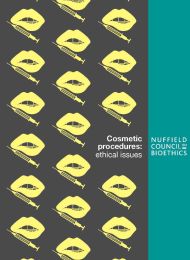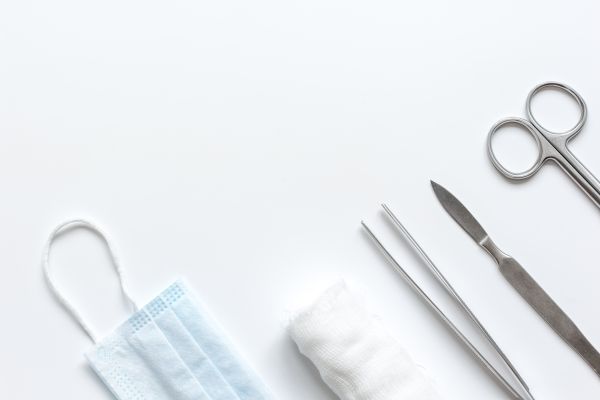Cosmetic procedures: ethical issues
Report
Published 22/06/2017

Users’ satisfaction, outcomes and risks

When asked, most users of cosmetic procedures report being satisfied with the initial outcomes of the procedures they have undergone. Positive outcomes reported include improvements to self-esteem and well-being, feeling more attractive or less self-conscious, and receiving positive comments from others. It is not possible at present to assess whether this initial satisfaction is maintained over time, as there is very little research covering longer-term impacts.
Like any other bodily intervention, cosmetic procedures entail a degree of physical risk. Physical harms may arise as a result of products used in the procedure, through poor practice, or from the inherent risks associated with the procedure, such as infection, bleeding following surgical procedures, or adverse reactions to general anaesthesia. Some complications are minor and temporary while others are more serious and longer-lasting.
Psychological complications, such as anxiety and depression following an operation, can be as common as physical complications after cosmetic surgery. Research suggests that those with preexisting mental disorders are more likely to suffer negative psychological outcomes after procedures. This group includes not only those suffering from body dysmorphic disorder (BDD), but also people with high levels of stress, and people taking medication to aid sleep or to treat anxiety.
There is also an association between use of breast implants and suicide. Although the mechanics of this relationship are not clear, it is likely that the association reflects higher rates of pre-existing mental disorder among women seeking breast augmentation. The increasing availability of cosmetic procedures also potentially poses societal harms. These include:
- encouraging a focus on appearance and adding to levels of appearance anxiety;
- changing perceptions of what is ‘normal’ and reinforcing discriminatory attitudes;
- constructing ideals that can only be met through invasive means; and
- adding to the pressures on those who might like to, but cannot, meet these ideals.

Share